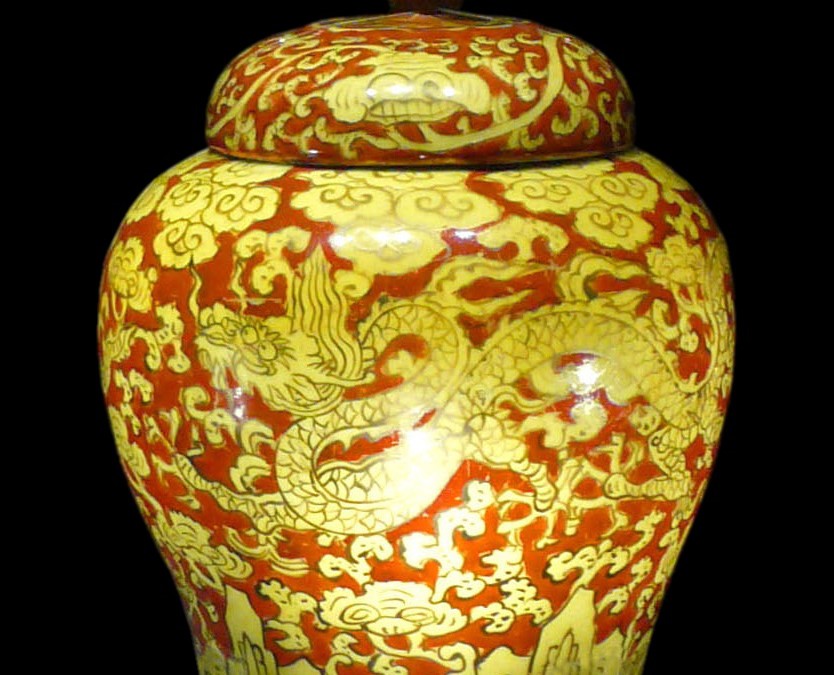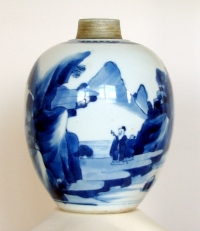
How the Robber Barons Forged the Great American Art Collector – Part 1: The Rise of the Curator
When we think about the early giants of American industrial capital: Frick, Astor, Carnegie, Morgan, Crocker, Vanderbilt and Gould; we generally think of larger-than-life entrepreneurs who flooded the markets with commodities and services – and art.
One of the products of exorbitant wealth in the industrial age was philanthropy. Men like John Pierpont Morgan (JP Morgan) and Henry Clay Frick chose to nourish, develop and enhance humanity through the collecting of fine art. Though the motivating force may have been ownership, acquisition for those purposes fortuitously created invaluable collections of exotic artifacts and European artwork.
Egyptology was catching fire and Eastern essentialism had begun in earnest with Chinese pottery, Mesopotamian art and curious becoming the tell tale signs of wealth. From New York to Detroit, the competitive enterprising spirit of the robber barons translated to art curation as each of would try to outdo the other. The American barons were positioning themselves in history to be erudite men of culture.
For us the endowment of these personal collections of art are a wonderful gift. Often housed in an original, historical mansions, they show us the unique and oftentimes eccentric curatorial choices made by the men who boldly charted the trajectory of America’s economic future. They represent the innate desire of a collector to rescue unique objects from the uncertainty of circulation, to give them a resting place, to own them and to cement them into the history of a nation.
Next week, Part II: The Collection of JP Morgan.











